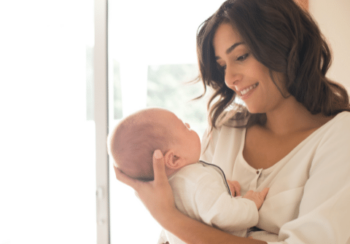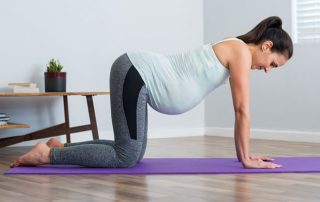Birth Articles
 This birth articles section of our website aims to offer you food for thought on a broad range of issues related to birth. You may be deciding who will be present at your baby’s birth. Perhaps you are exploring the concept of natural birth. Or maybe you are wondering just how you will know when it is time to go to the hospital. Whatever questions you have; this section is for you.
This birth articles section of our website aims to offer you food for thought on a broad range of issues related to birth. You may be deciding who will be present at your baby’s birth. Perhaps you are exploring the concept of natural birth. Or maybe you are wondering just how you will know when it is time to go to the hospital. Whatever questions you have; this section is for you.
We also offer the thoughts of experts on the value and place of natural birth. We look at the ways in which invention interferes with the delicate balance between mother and baby. As well as this you can find out what you can do to help ensure your rights and opinions are respected. No matter whether this is your first or fifth pregnancy (or more) you are sure to find articles here that meet your interest. Enjoy!
Read our Birth Articles
Moxibustion for breech presentation
How to do your baby a good turn: Moxibustion for breech presentation As a pregnancy progresses and the baby continues to grow, available space within the uterus reduces resulting in less room for the baby to move. The baby’s head eventually becomes heavier than its bottom and under normal circumstances around 32 weeks gestation the baby sinks down, head first into the pelvis and engages in preparation for birth. Breech presentation: The Incidence Between 29-32 weeks 15% of all
Childbirth and the Law Forum
Who decides how and where a baby is born? Who bears the risks of childbirth? What role do midwives and doctors have in protecting the unborn baby? What legal rights do women have to choose how they give birth? How can we create the best maternity care system possible for Australian women and babies across all settings - hospital, birth centre and home? Keynote speakers Dr John Seymour - Adjunct Professor of Law, ANU and UK human rights lawyer
Turning a Posterior Baby in Pregnancy is Not So Easy
This article about turning a posterior baby is written by Hannah Dahlen Midwives have traditionally encouraged women whose babies are lying in a posterior position (baby facing the mother’s back) to use a hands and knees position and pelvic rocking exercises during pregnancy to try and help rotate the baby into an anterior position (baby facing the mother’s front). A large Australian study published in the British Medical Journal in January 2004 indicated that several minutes a day of



